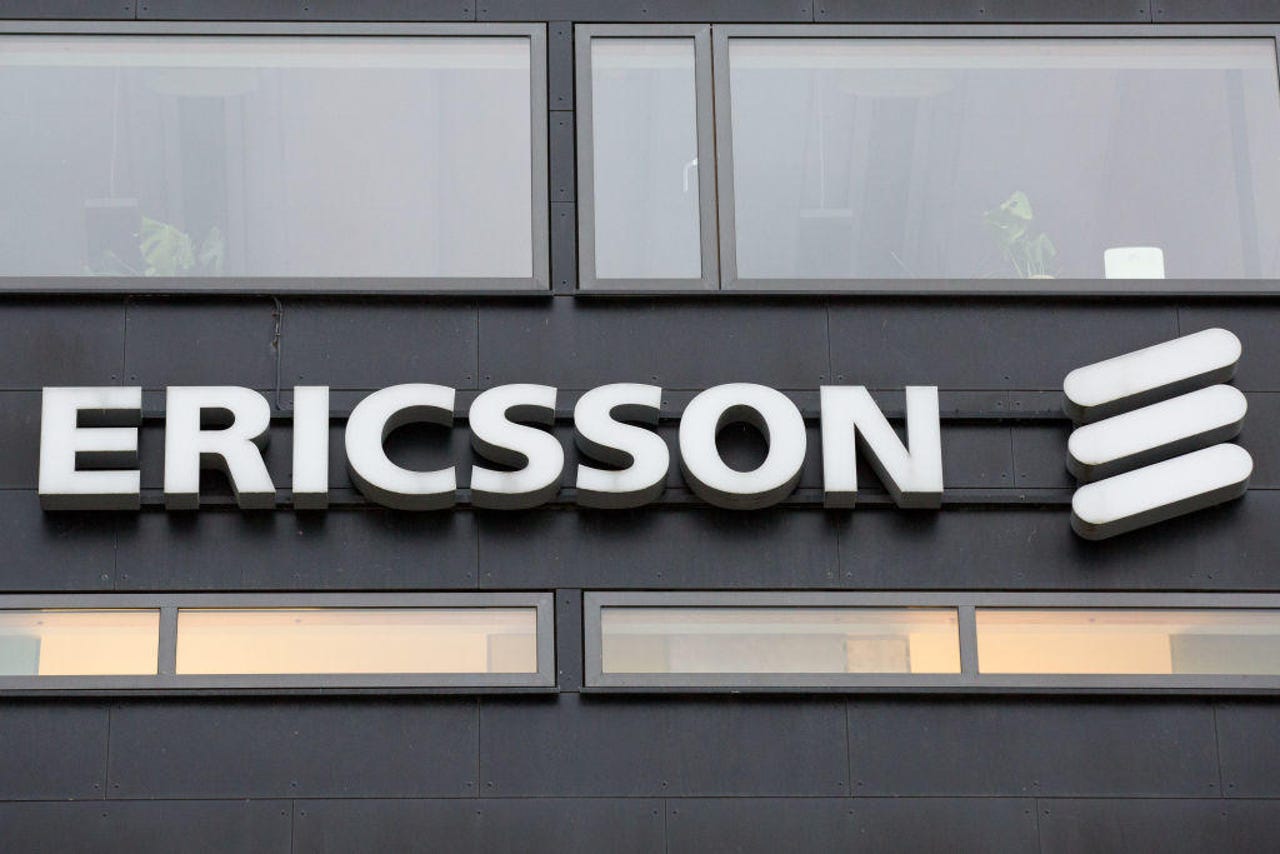Samsung and Ericsson end legal battles and sign patent agreement


Ericsson and Samsung have ended their legal disputes and signed an agreement described as a "global patent cross license" that would cover "all cellular technologies".
In reaching the settlement, both sides have ended lawsuits against the other, with both pulling their complaints filed with the United States International Trade Commission.
The agreement covers network infrastructure and handset sales from the start of 2021, but other financial details were not disclosed.
Ericsson said in its second quarter, it expected licensing revenue would be between SEK2 billion to SEK2.5 billion, approximately $240 million to $300 million. These figures include the Samsung deal.
"We are delighted to sign a mutually beneficial agreement with Samsung. This important deal confirms the value of our patent portfolio and further illustrates Ericsson's commitment to FRAND principles," Ericsson chief intellectual property officer Christina Petersson said.
The company said its licensing revenue was impacted by expired patent agreement pending renewal, the shift from 4G to 5G, currency effects, and "geopolitical impact on the handset market".
In a suit filed in the US, Ericsson claimed Samsung violated contractual commitments by failing to adhere to fair, reasonable, and non-discriminatory (FRAND) terms and conditions, and was looking for a ruling that it had compliments with FRAND commitments while Samsung did not.
The suit covered technology from 2G up to 5G.
Meanwhile, Ericsson showed off a proof of concept involving recently-acquired Cradlepoint that showed how network slicing could maintain steady throughput despite a busy network, which it believes will be useful for enterprises.
"Several PCs running traffic-generator software emulate business-critical and best-effort data across a 5G connection while a mobile device injects congestion into the network," the company said.
"The demonstration shows the best-effort flows slowing to a crawl as the RAN and 5G connection becomes congested. In contrast, the business-critical data is protected and maintains a steady throughput rate."
Related Coverage
- India doles out permits for 5G trials but no Chinese networking tech will be used
- Singtel readies 5G standalone network access with SIM cards
- Ericsson reliant on networks segment for gains posted throughout 2020
- Samsung carrier business lands in Australia to focus on mmWave
- Huawei Australia battered in 2020 with 5G ban and consumer sales diving